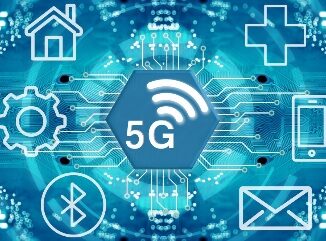
The Context of 5G Networks
5G (Fifth Generation) wireless technology is the latest cellular network technology, offering faster data speeds, lower latency, and greater connectivity than its predecessors (4G, 3G, […]

5G (Fifth Generation) wireless technology is the latest cellular network technology, offering faster data speeds, lower latency, and greater connectivity than its predecessors (4G, 3G, […]
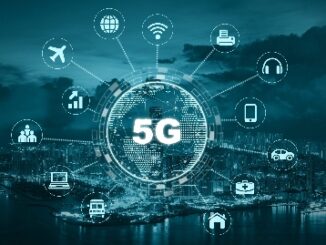
Incident classification in the context of 5G networks refers to the process of categorizing and prioritizing incidents or issues that occur within the network. This […]

An Incident Response Plan (IRP) for a 5G network is crucial due to the unique challenges and risks that come with this advanced technology. 5G […]
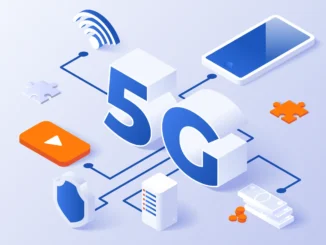
Cybersecurity for 5G systems presents unique challenges and opportunities, given the complexity and the critical nature of the services they are designed to support. Here […]
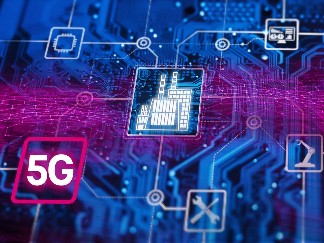
5G Enhanced Mobile Broadband (eMBB) is one of the key use cases defined in the 5G technology framework. It focuses on providing high-speed mobile broadband […]
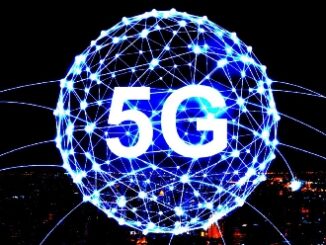
5G network equipment refers to the hardware and software components used to support the deployment and operation of 5G wireless networks. These networks are designed […]
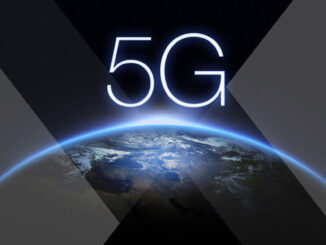
5G (Fifth Generation) wireless technology is a global wireless network that enables faster data speeds, lower latency, and greater connectivity than its predecessors. Some of […]

5G technology utilizes a range of frequency bands across different spectrums to provide enhanced mobile broadband, ultra-reliable low-latency communication, and massive machine-type communications. The frequency […]
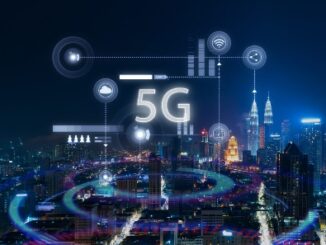
The access component of 5G refers to the part of the 5G network that facilitates the connection between end-user devices (such as smartphones, IoT devices, […]

5G networks represent a significant evolution in wireless communication technology, bringing with them a variety of complexities that arise from their advanced architecture, capabilities, and […]
Copyright © 2025 | WordPress Theme by MH Themes